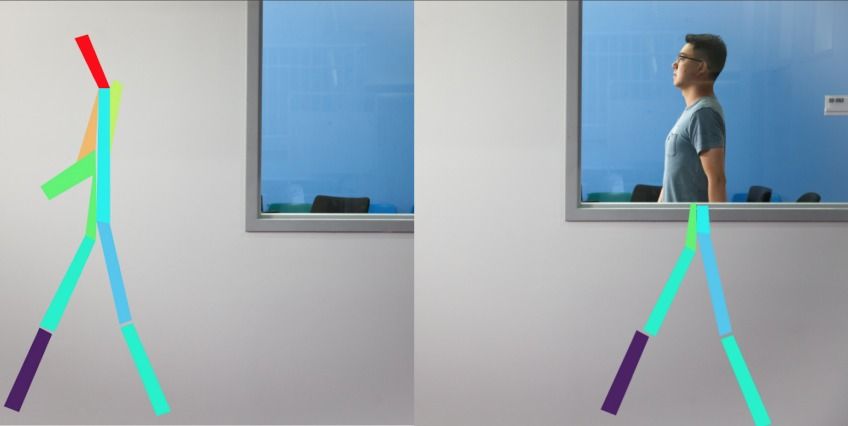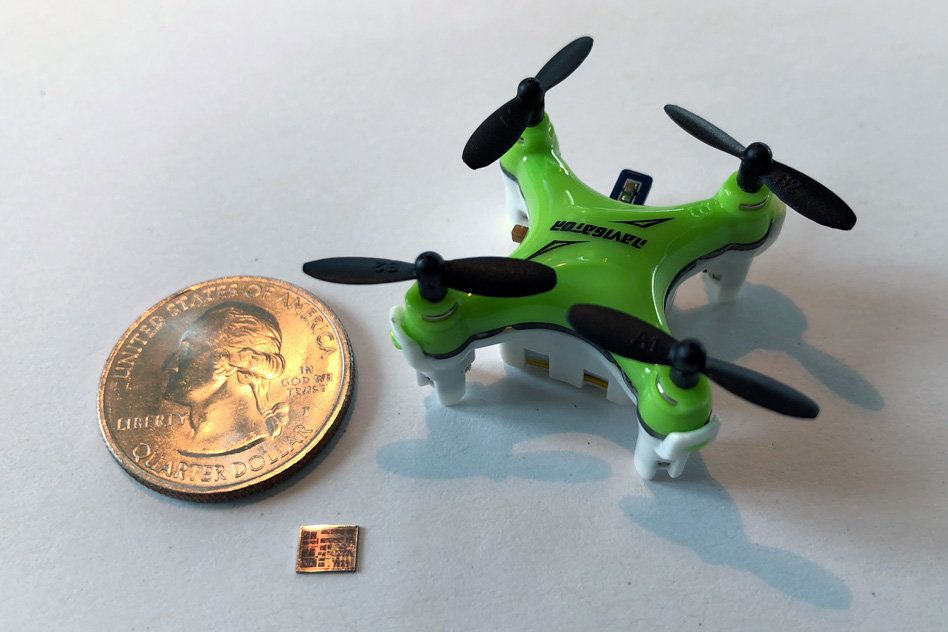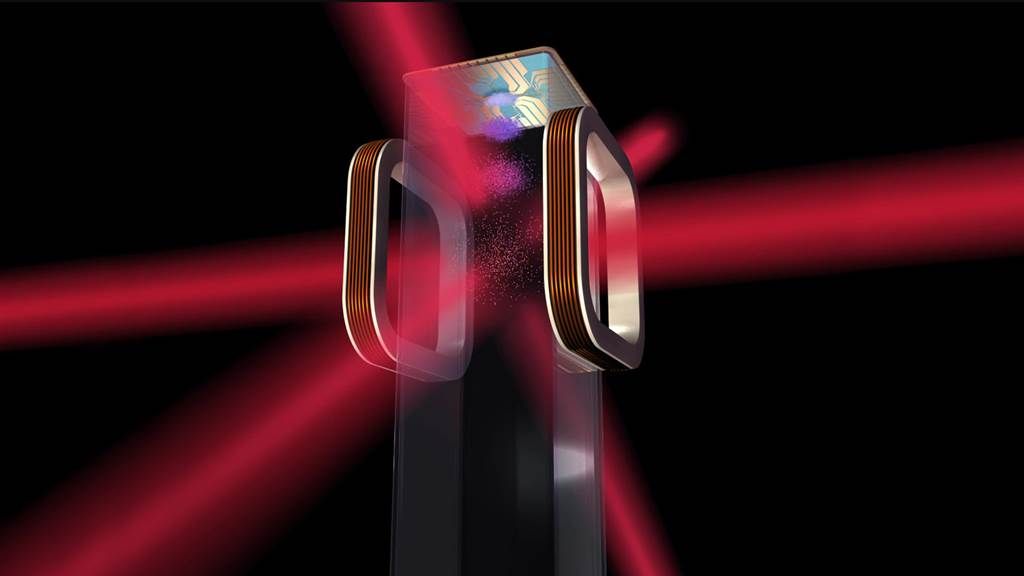I dont see it as a threat. Honestly, some of the US scientific community was getting really cocky, and really lazy, which is never a good combination. The US scientific community wanted to lock Crispr in a closet for 50 years. 30 years ago they could of gotten away with it. With China as it is now, they are forced to do research they would of rather hidden away.
China’s “Thousand Talents” program to tap into its citizens educated or employed in the U.S. is a key part of multi-pronged efforts to transfer, replicate and eventually overtake U.S. military and commercial technology, according to American intelligence officials.
The program, begun in 2008, is far from secret. But its unadvertised goal is “to facilitate the legal and illicit transfer of U.S. technology, intellectual property and know-how” to China, according to an unclassified analysis by the National Intelligence Council, the branch of U.S. intelligence that assesses long-term trends.
More from Bloomberg.com: U.S. Quits UN Human Rights Council, Saying It’s Anti-Israel.





